
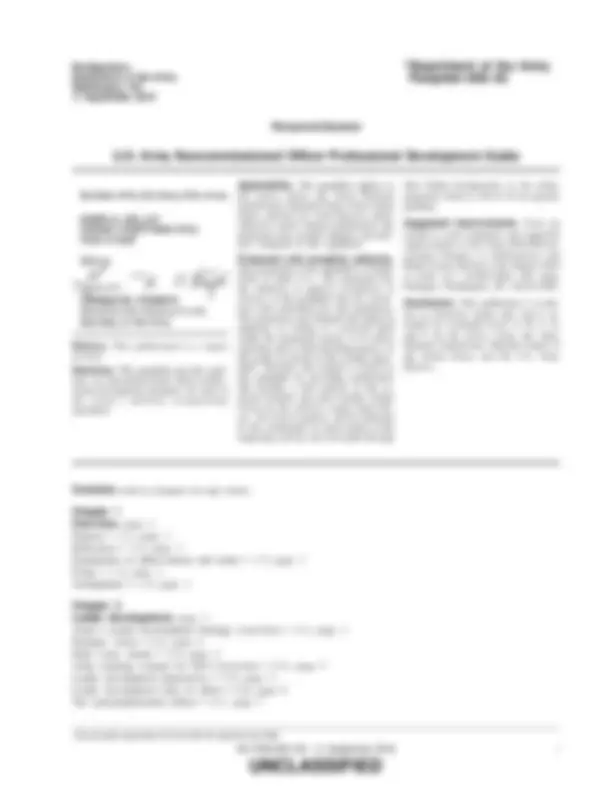
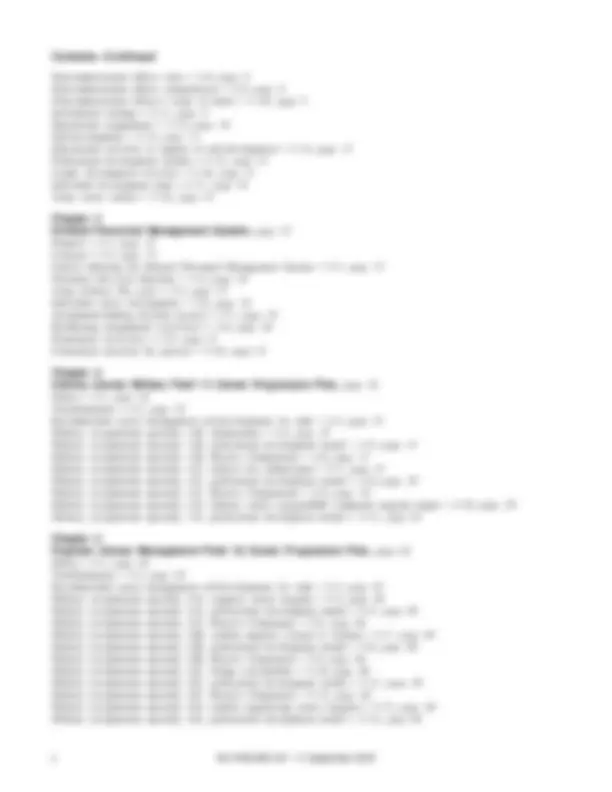
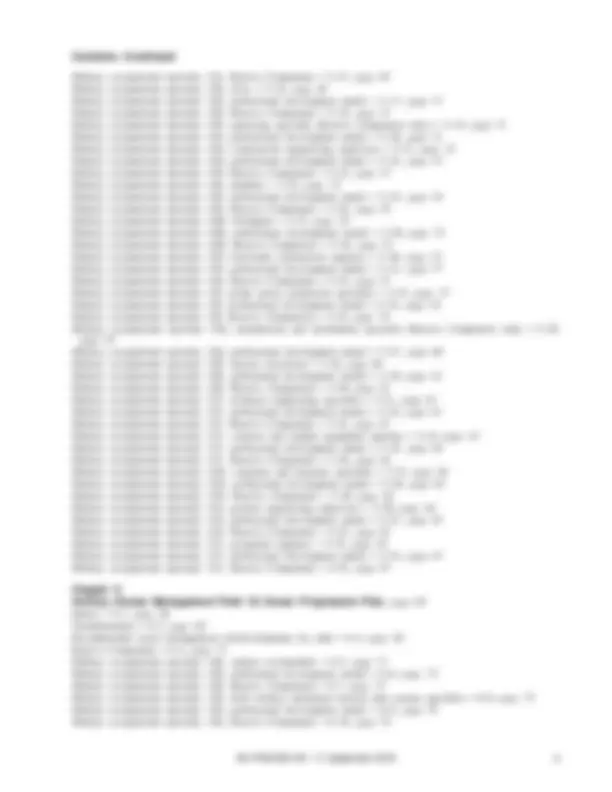
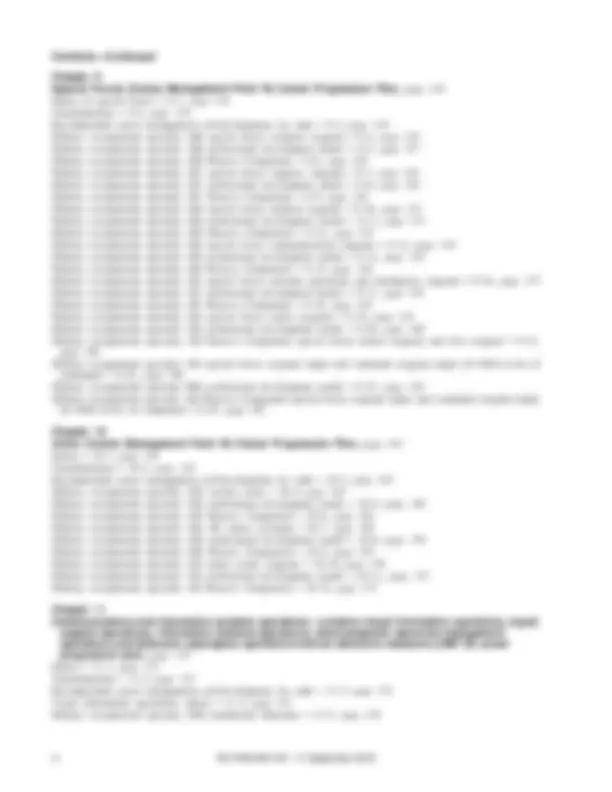
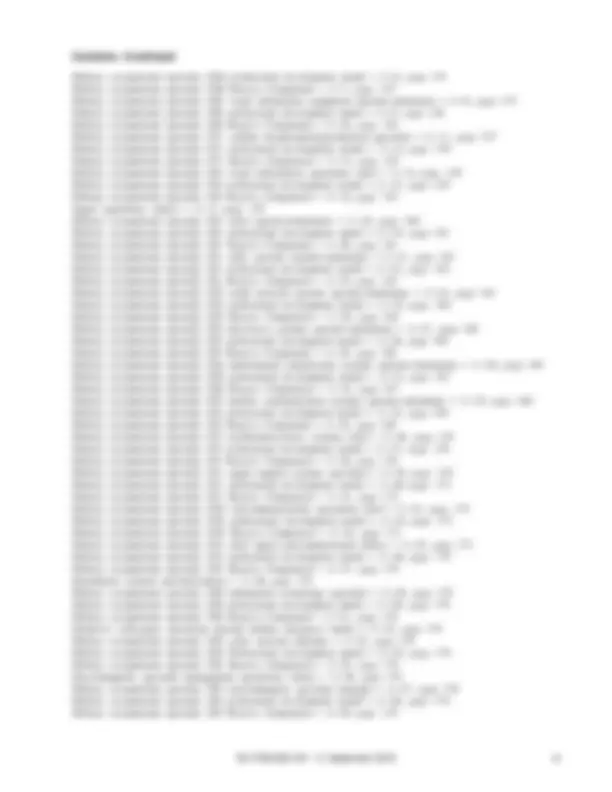
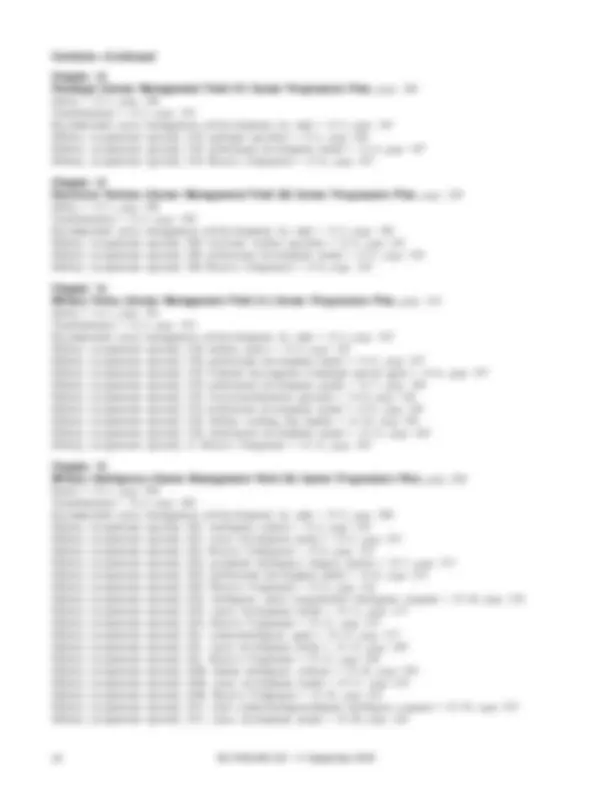
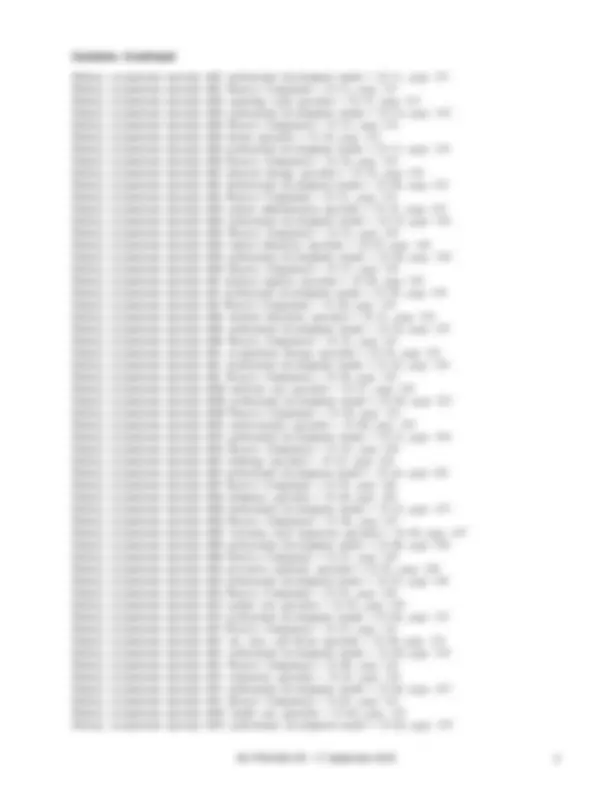
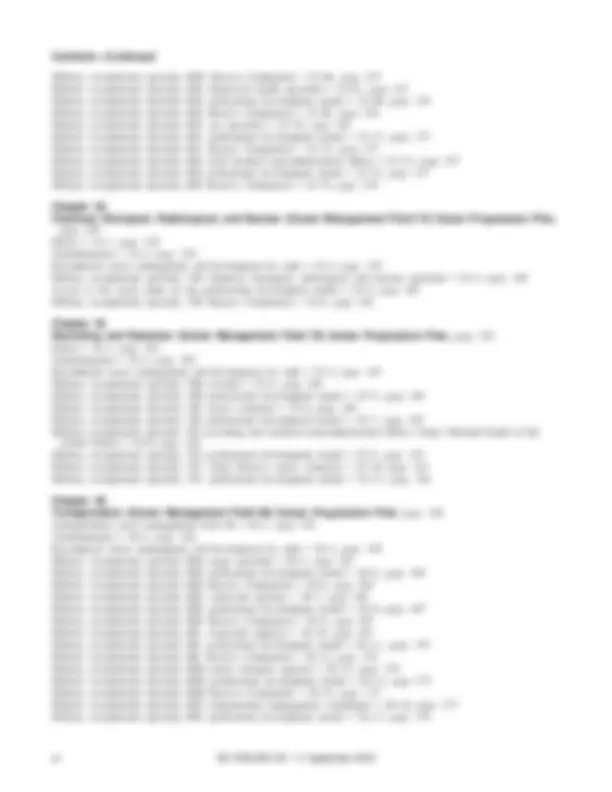
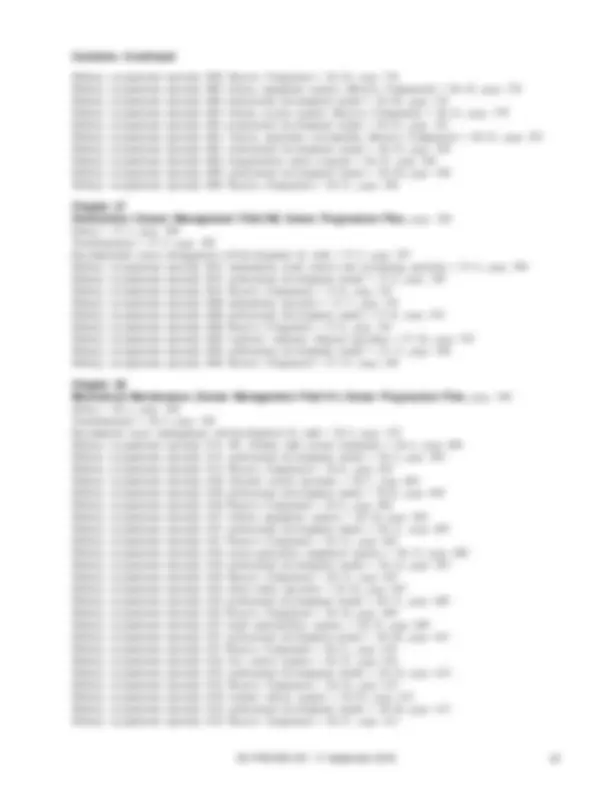
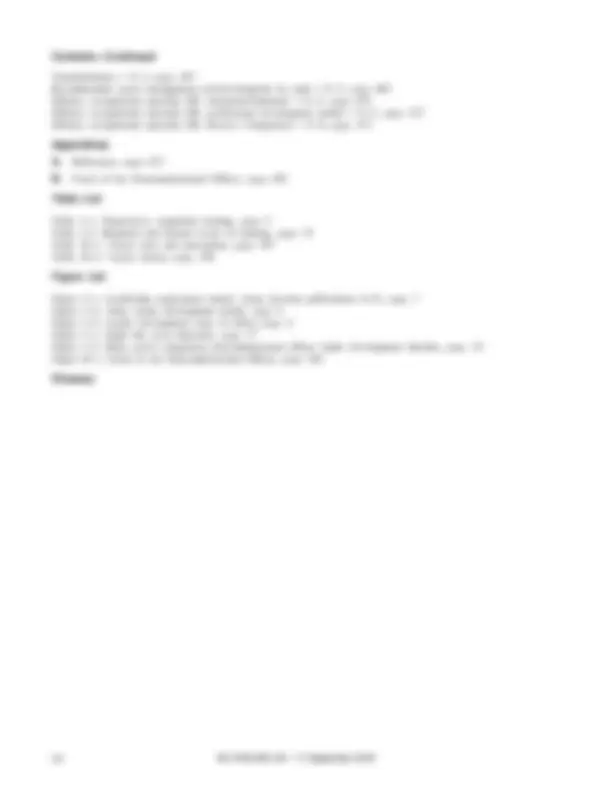
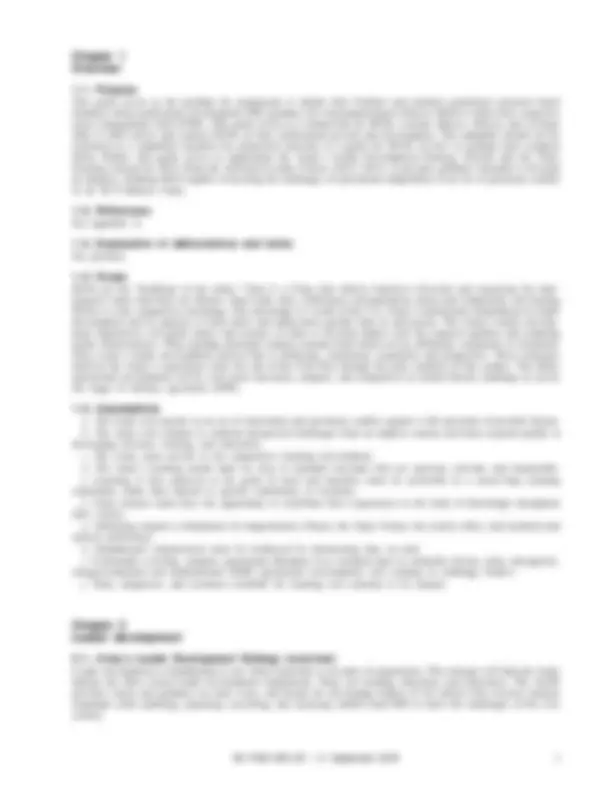
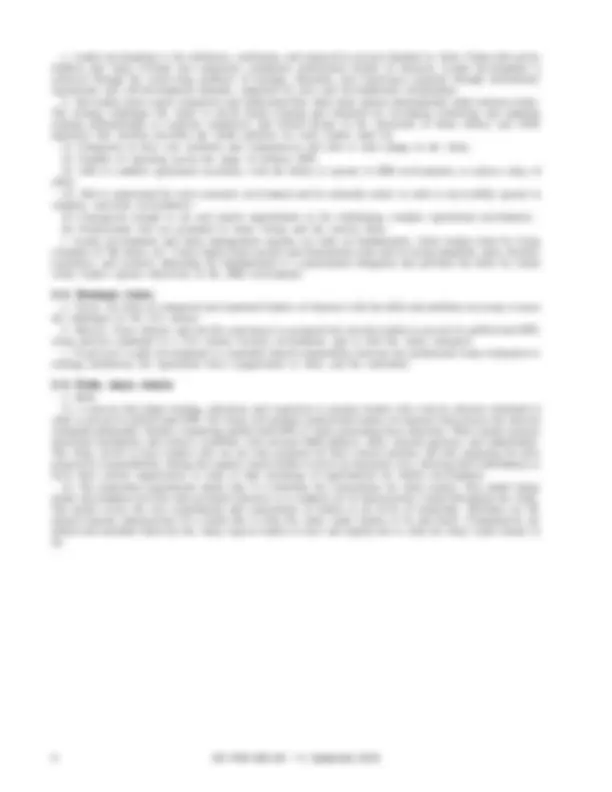
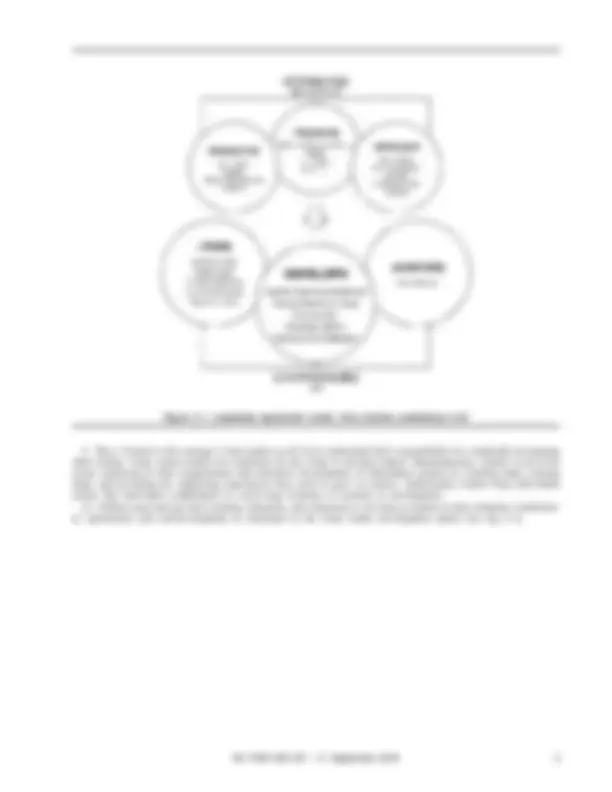
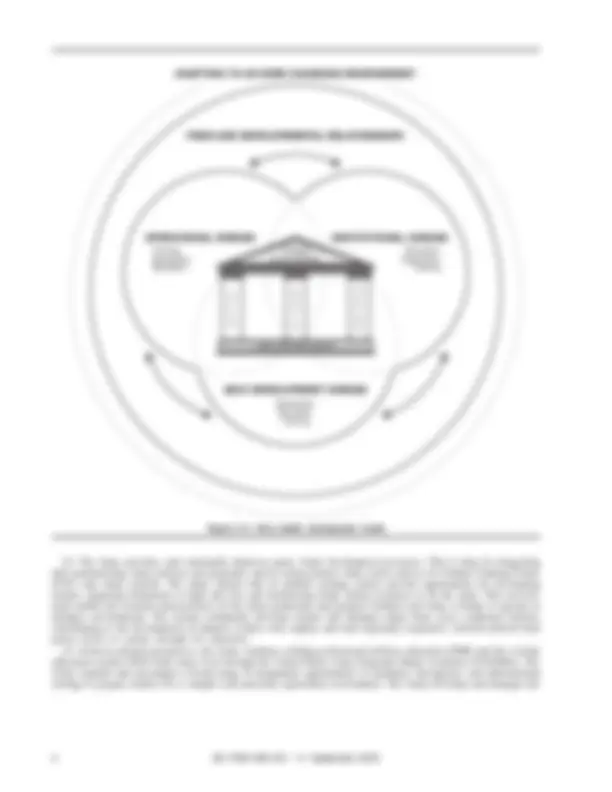
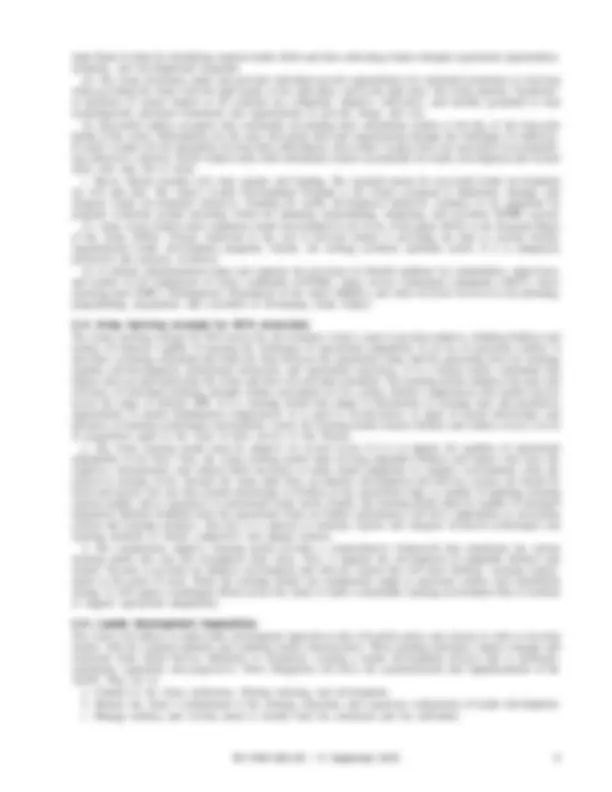
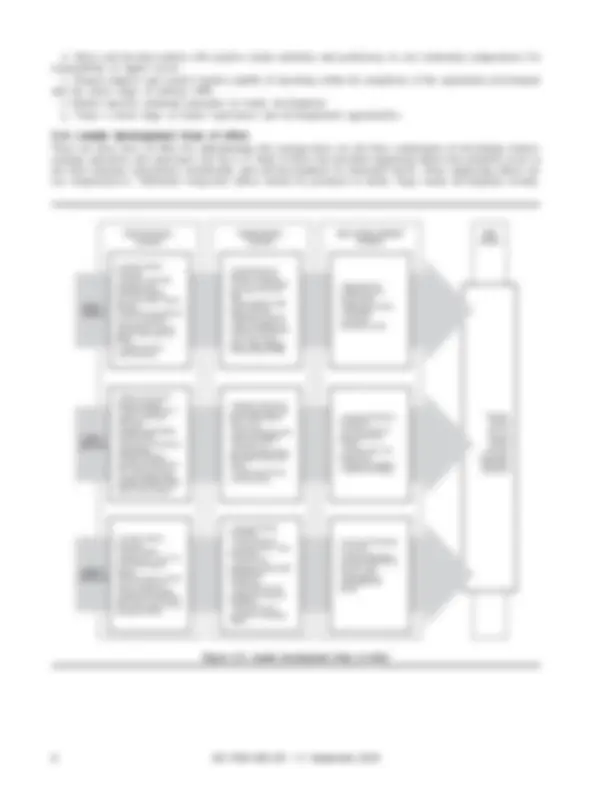

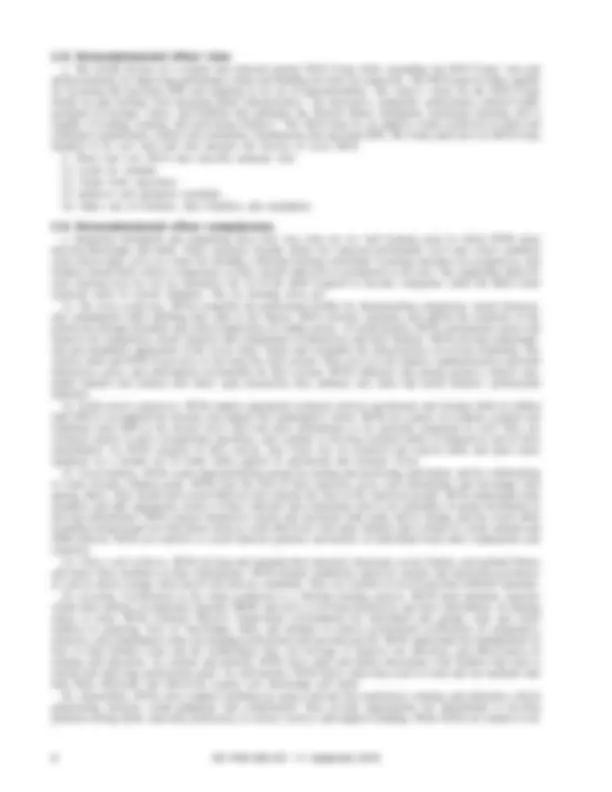
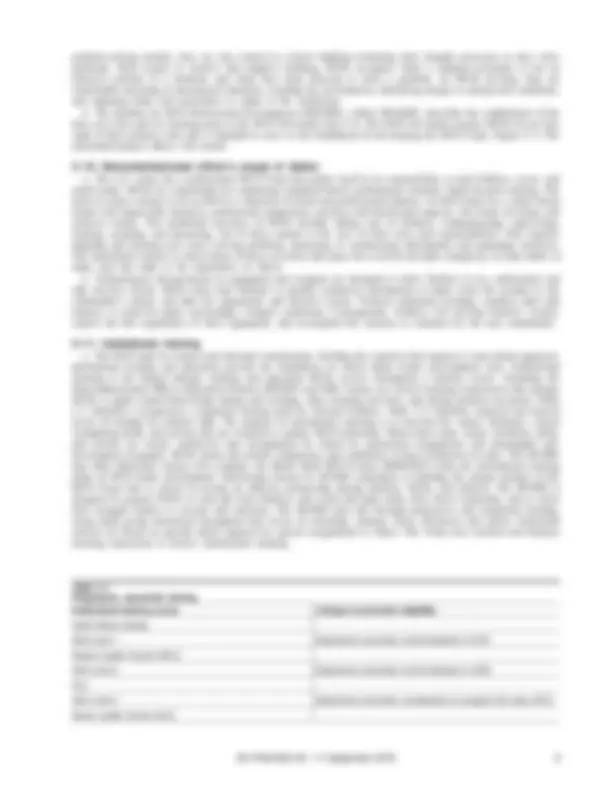
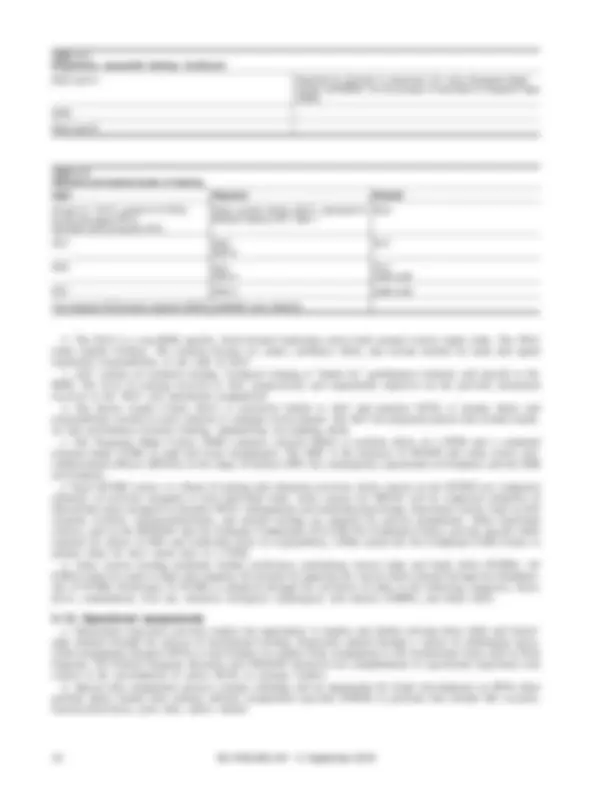
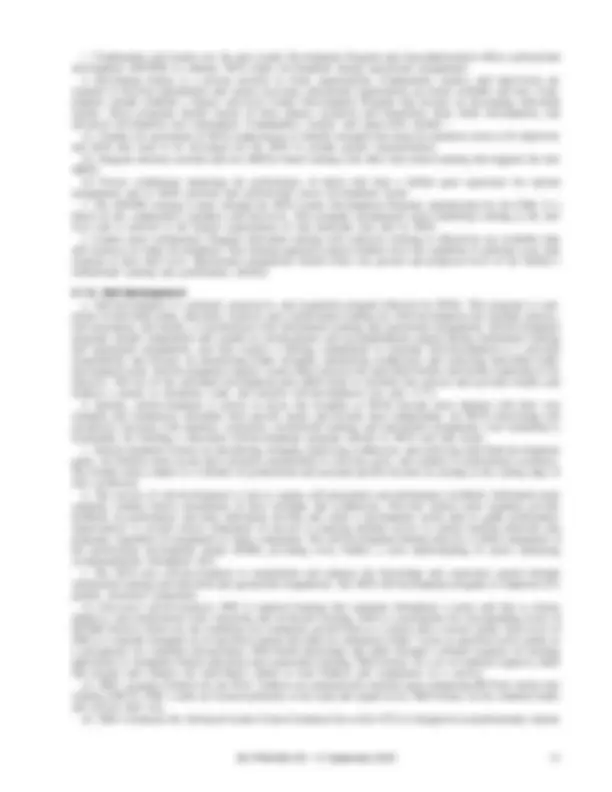


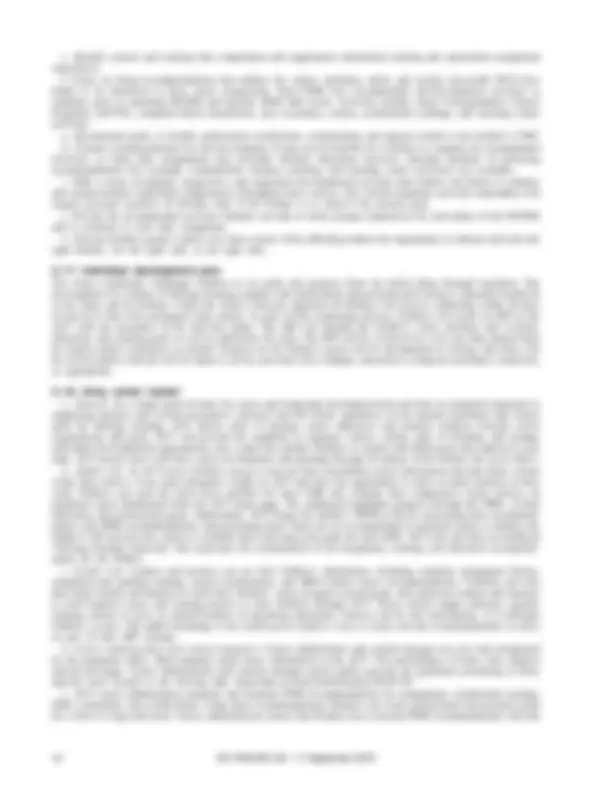
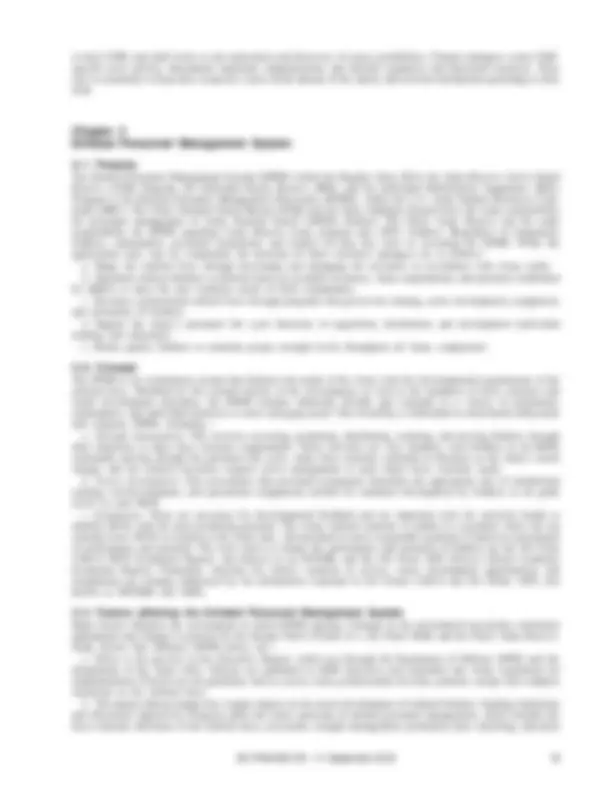
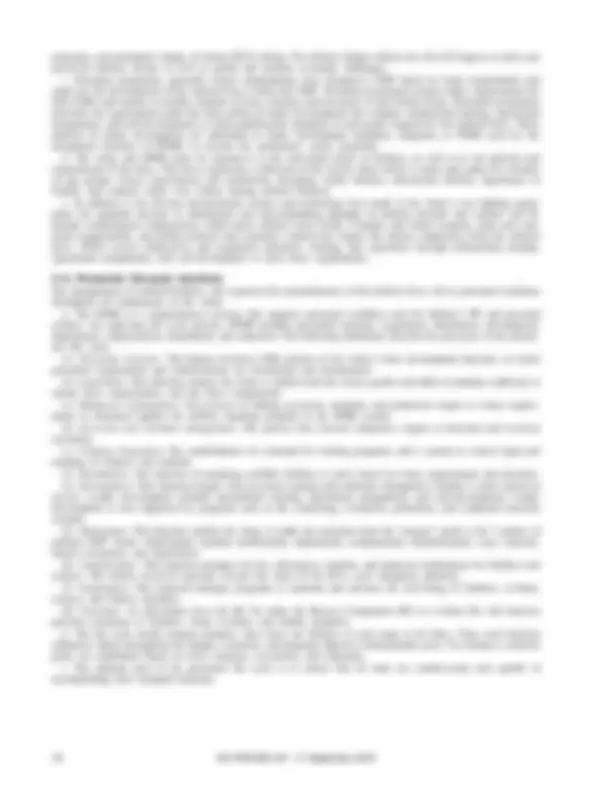
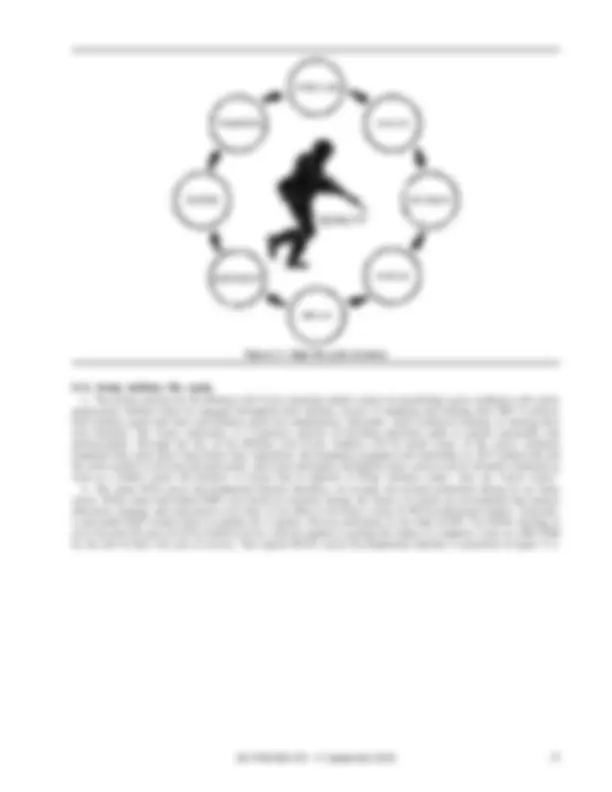
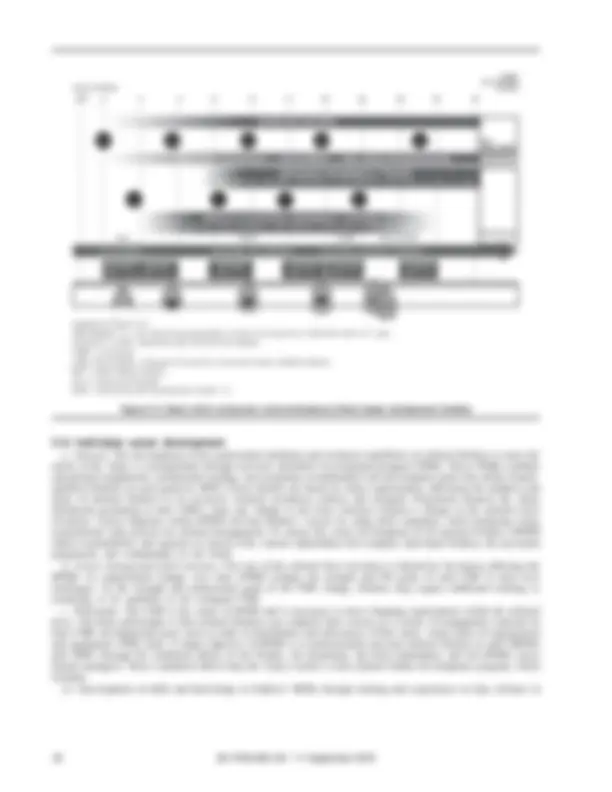

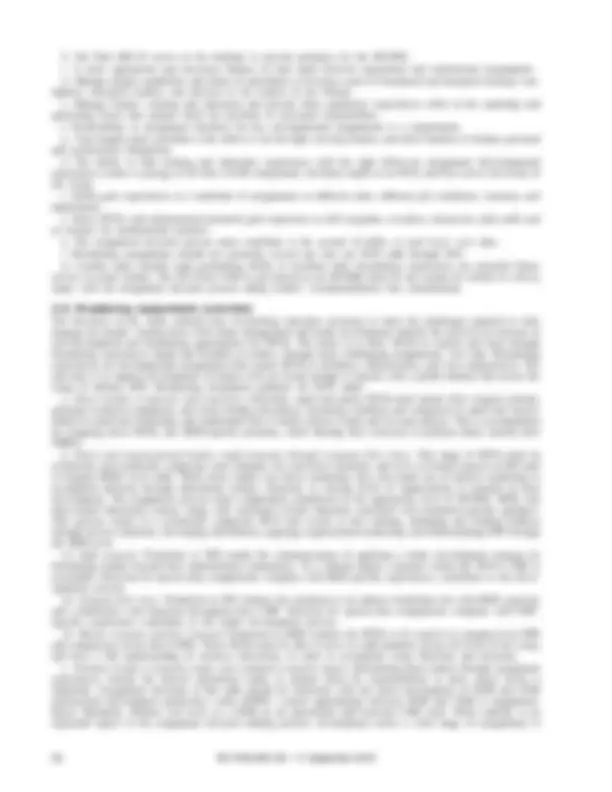
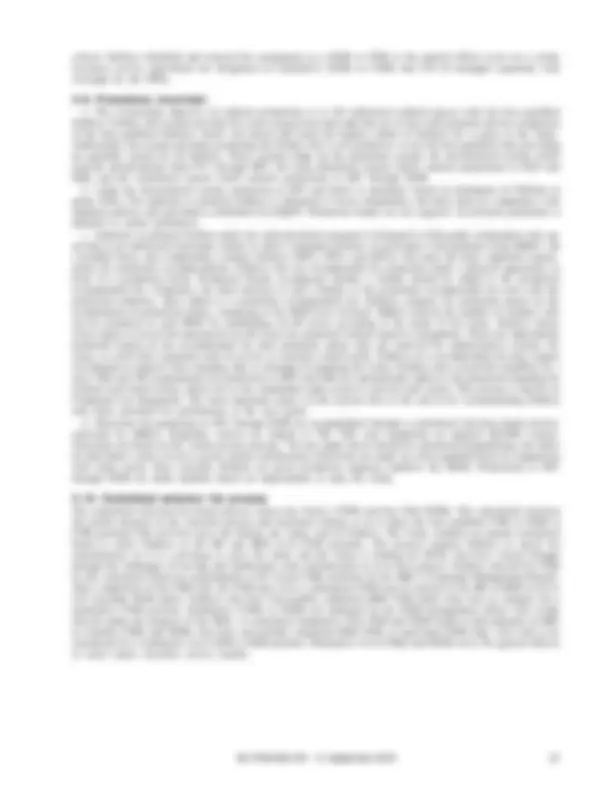
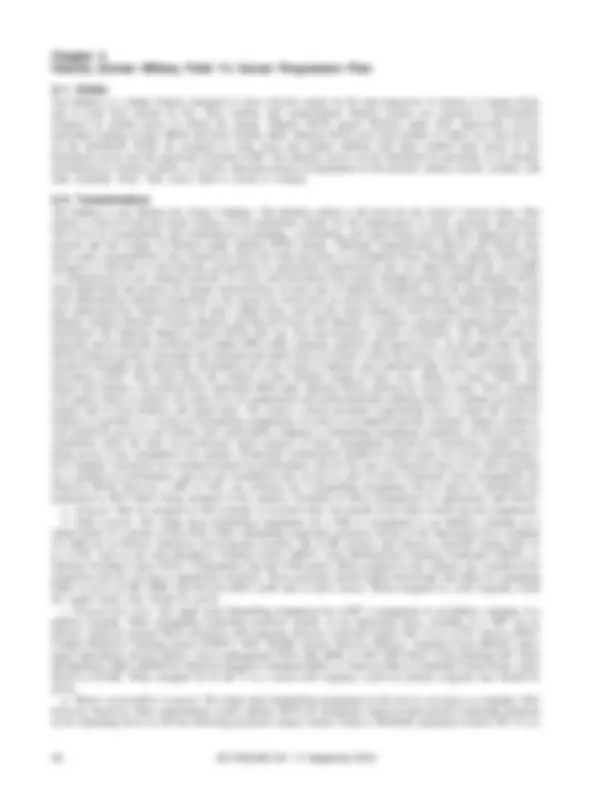
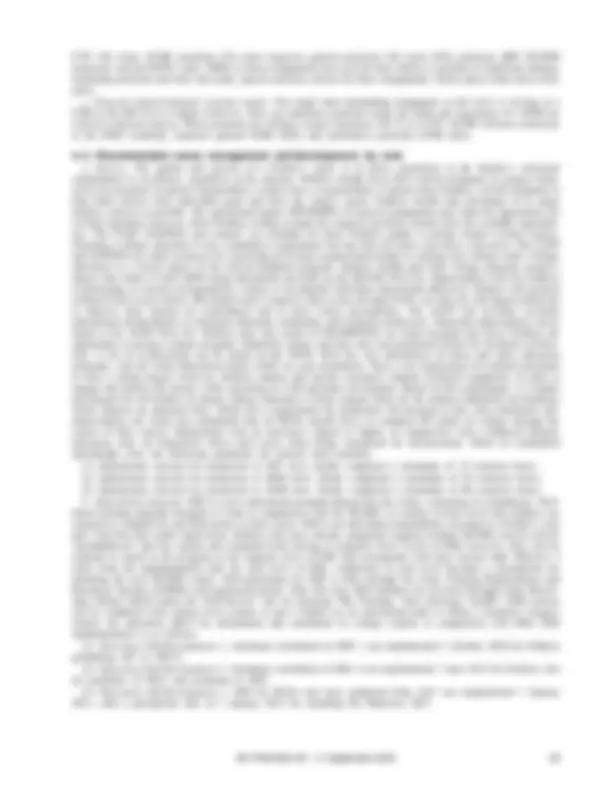

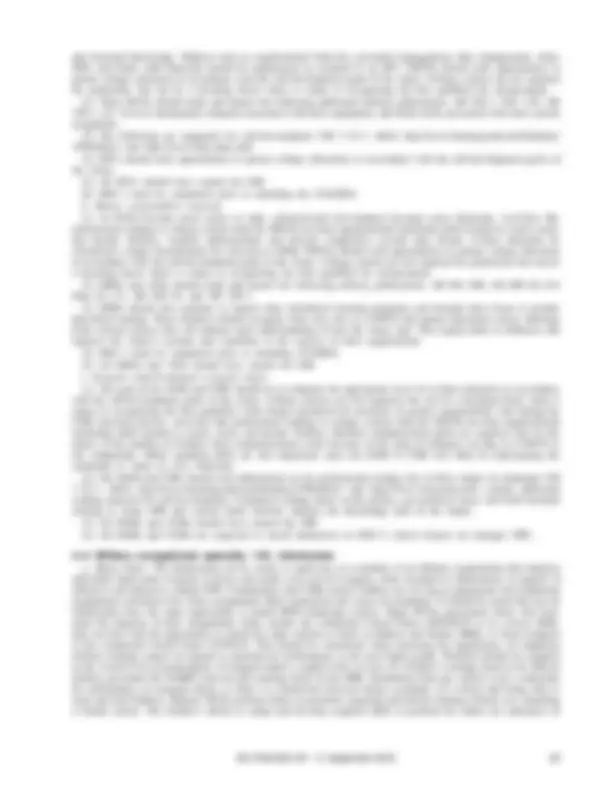



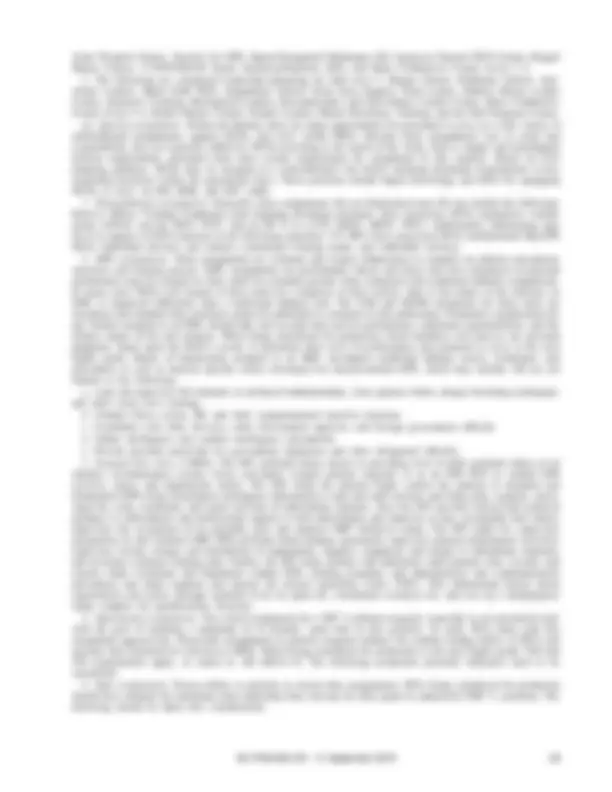

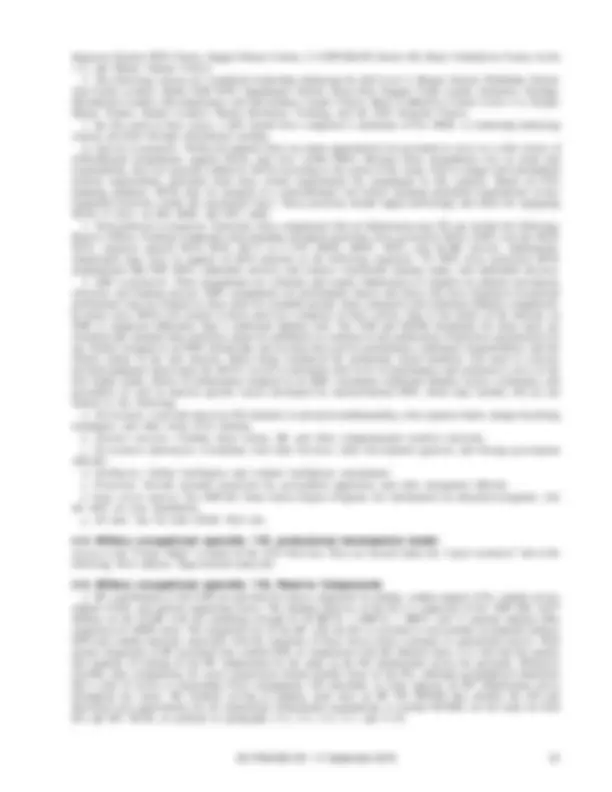
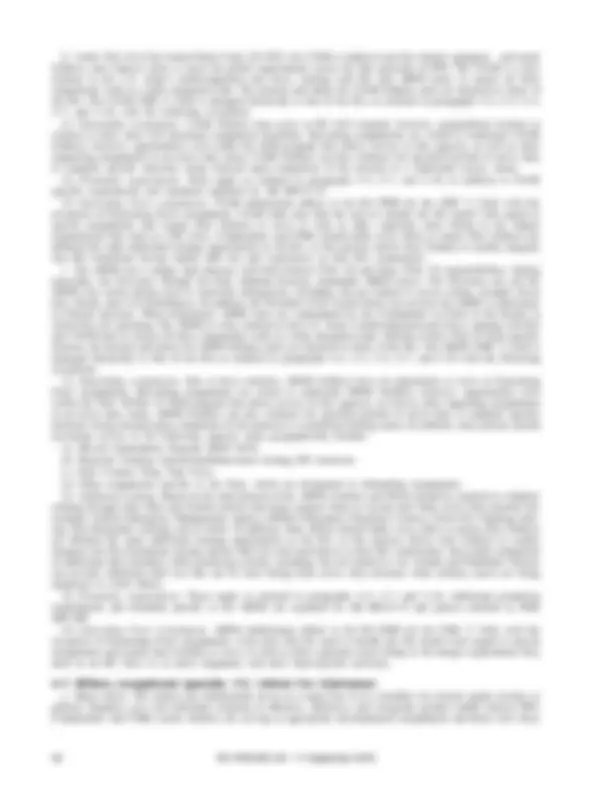



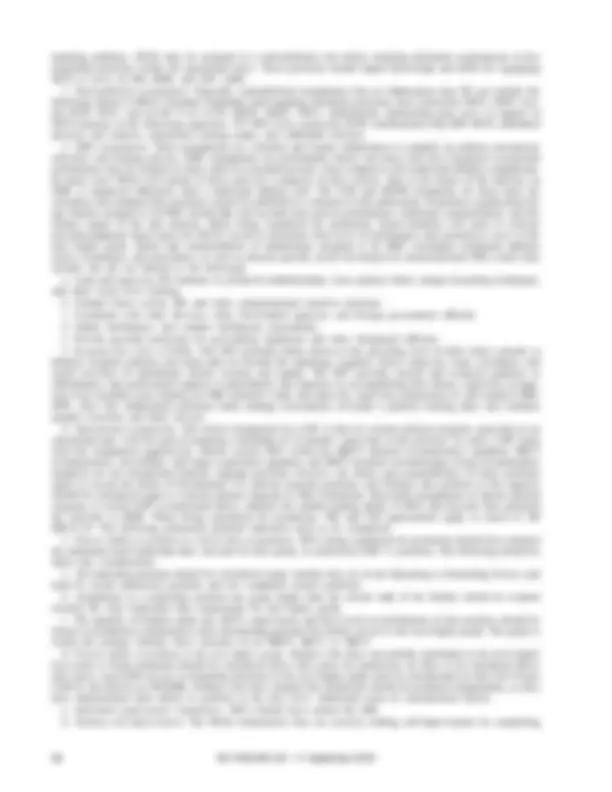

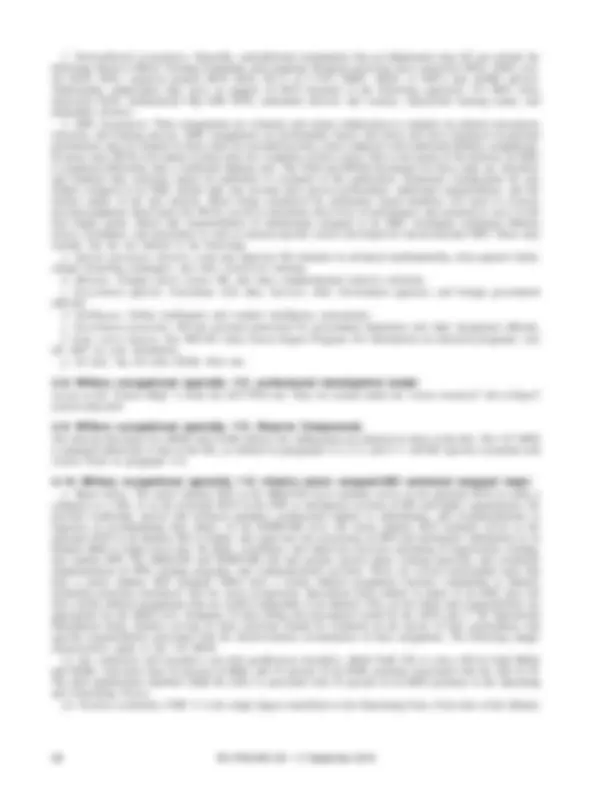



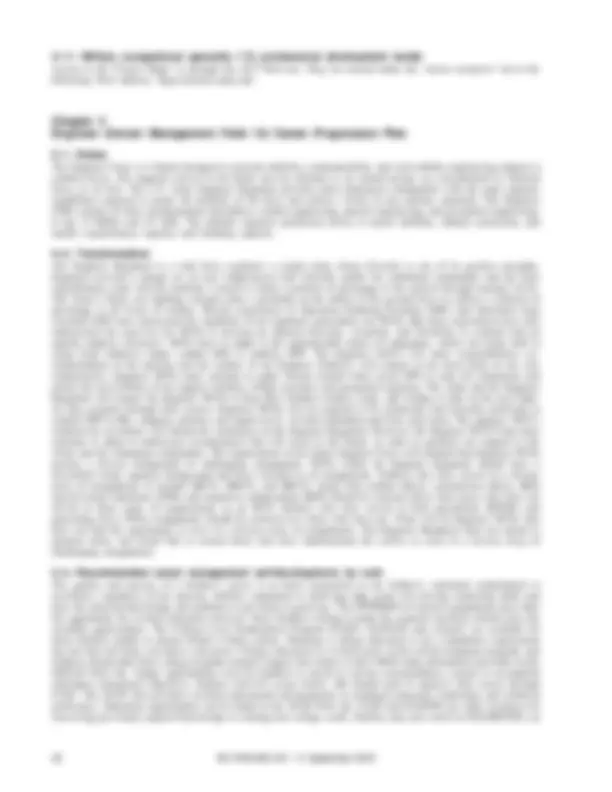

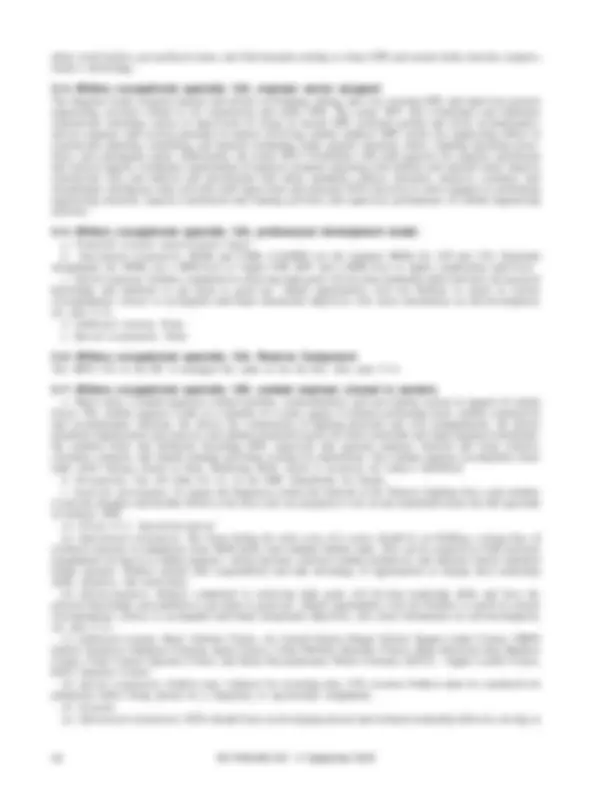

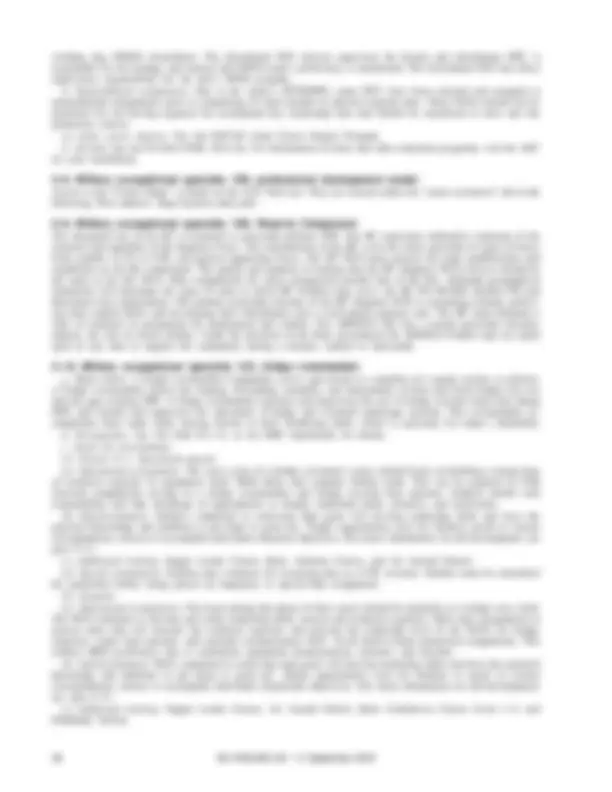

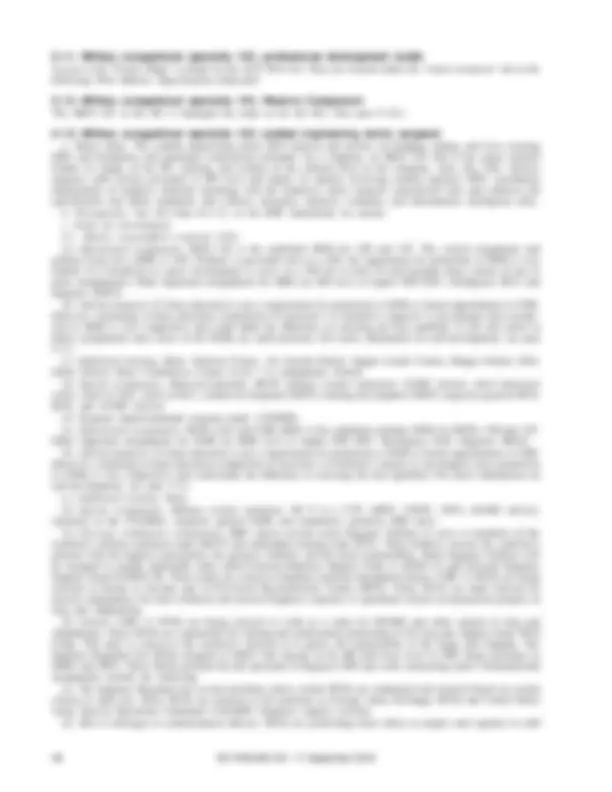
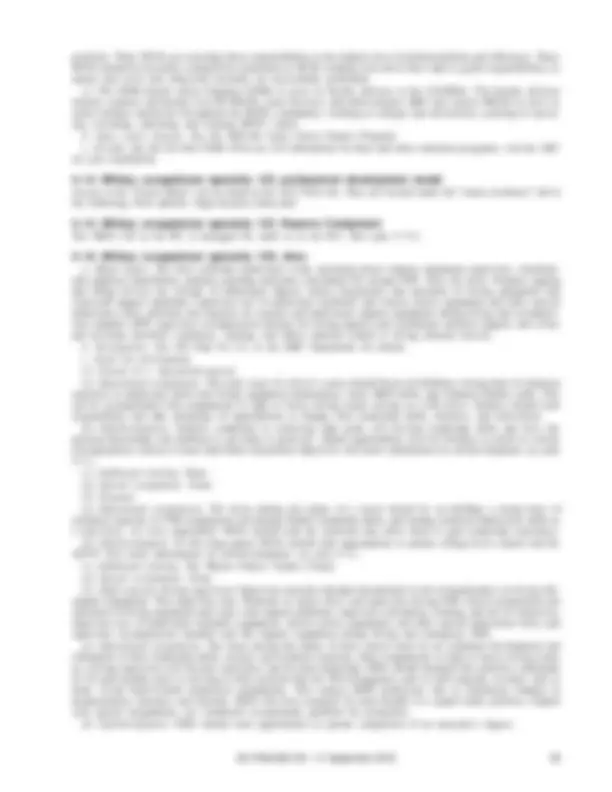

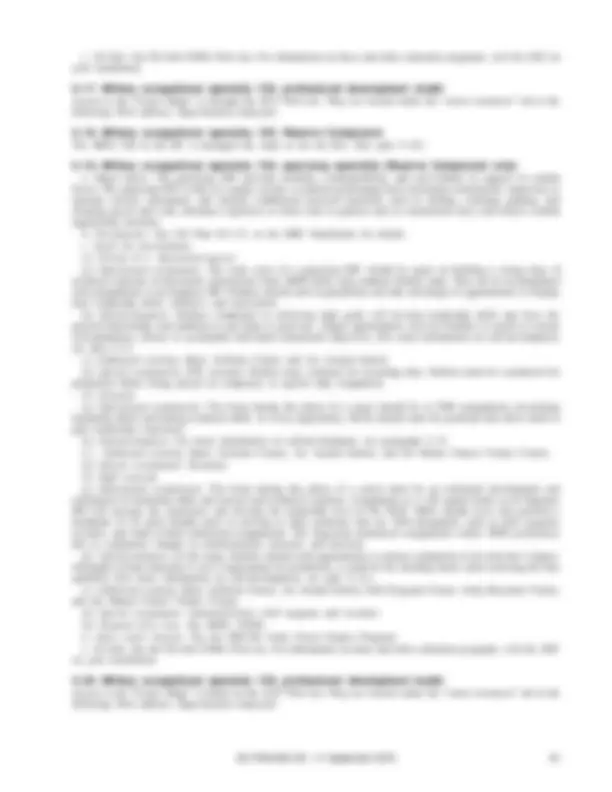

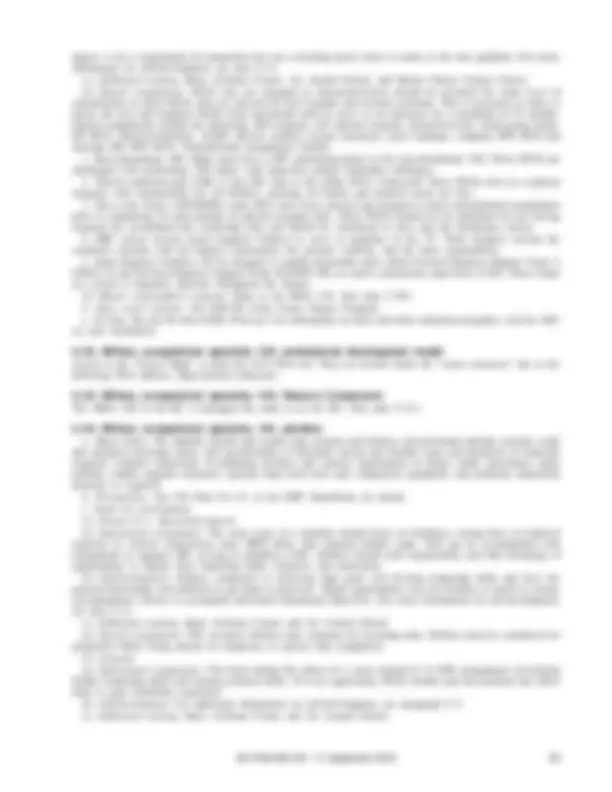
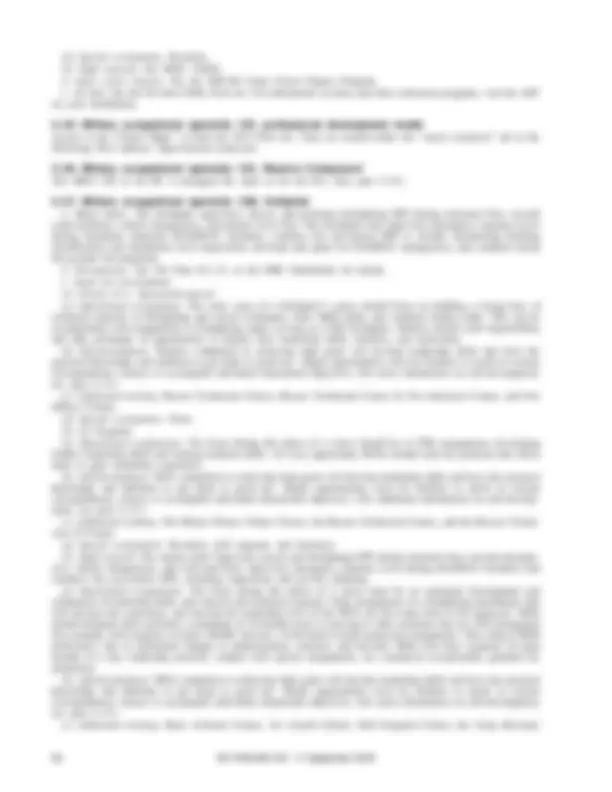
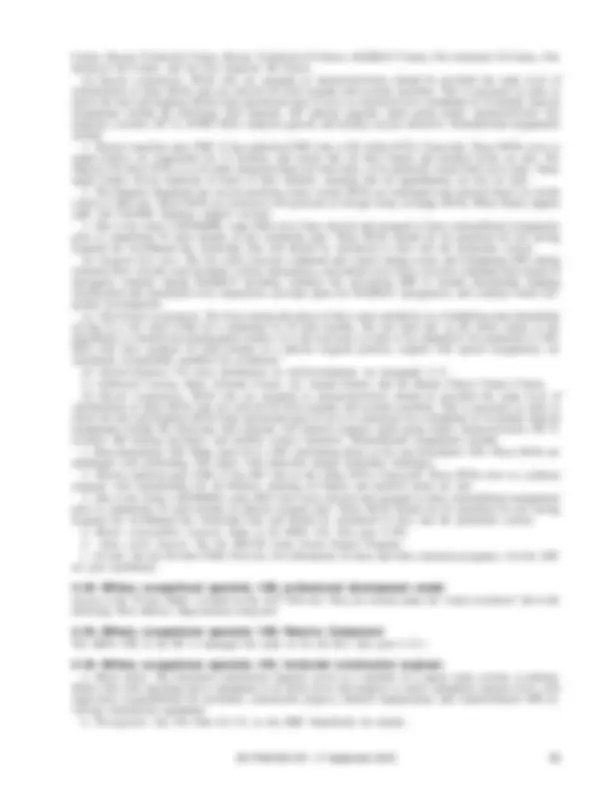

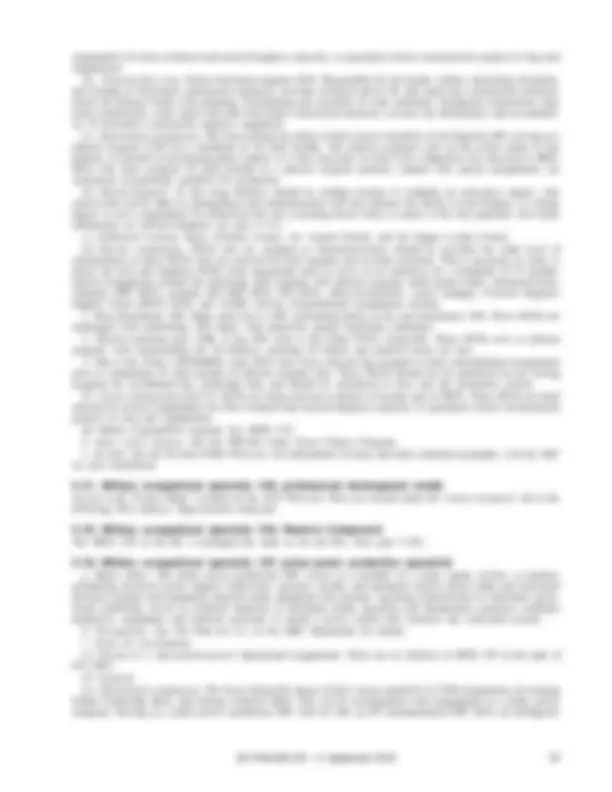

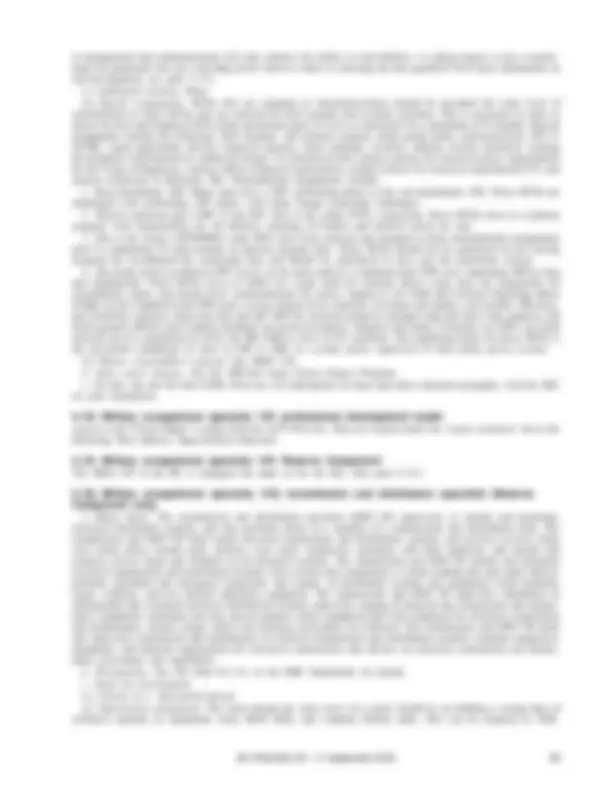
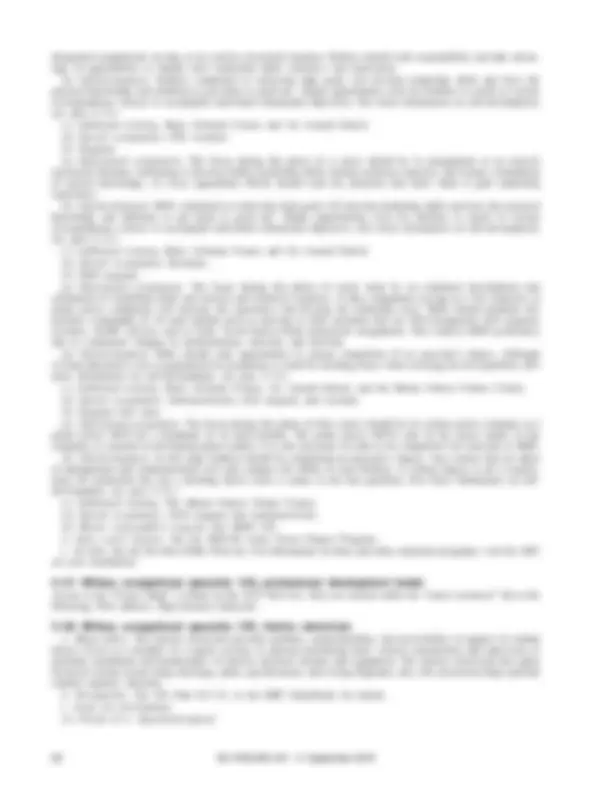
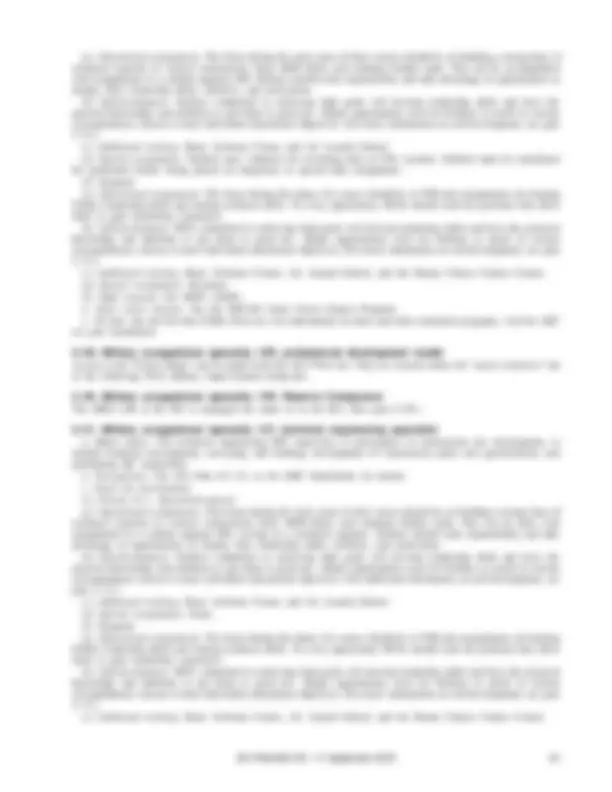

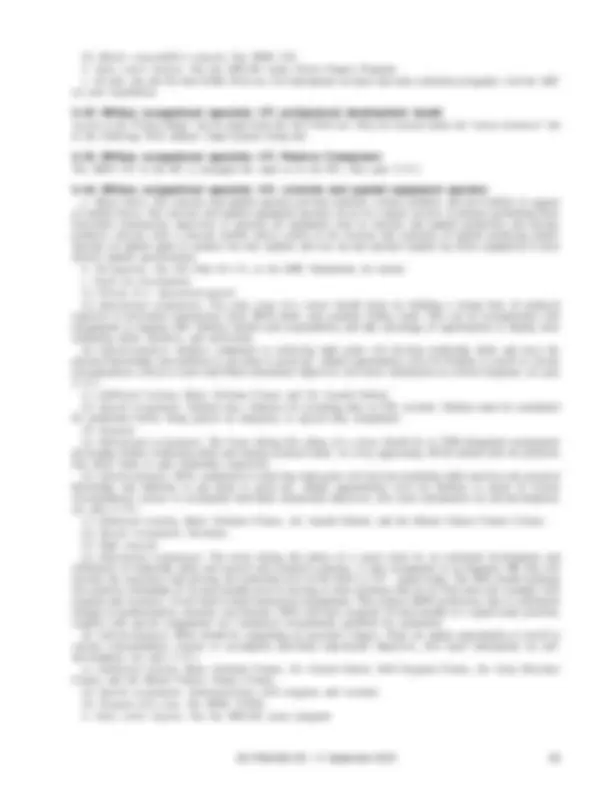
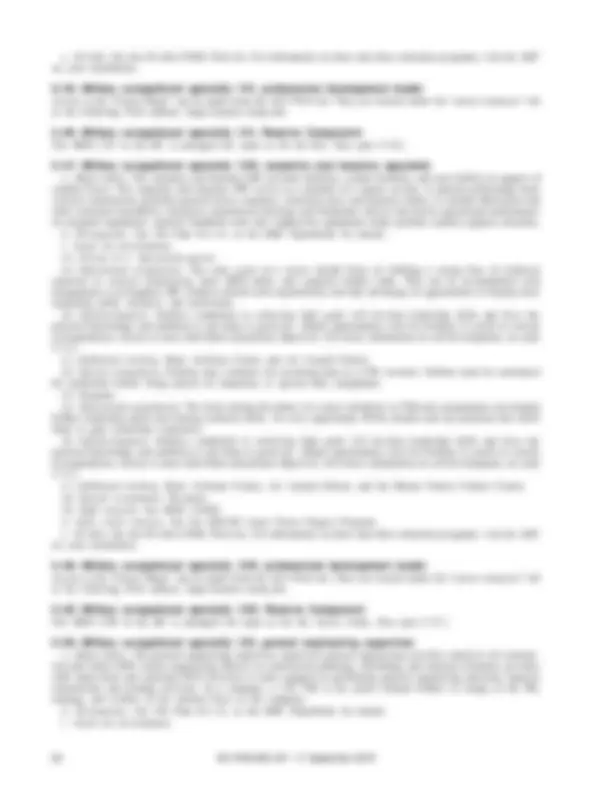
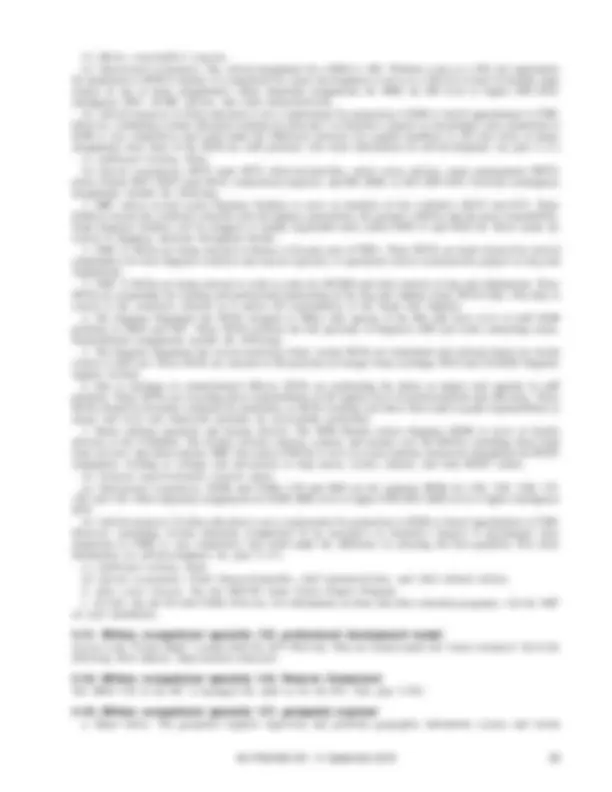
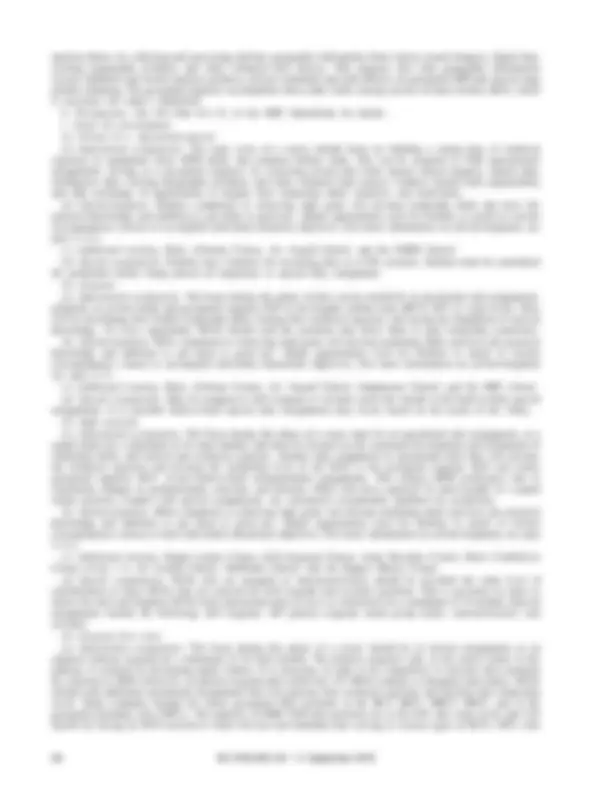
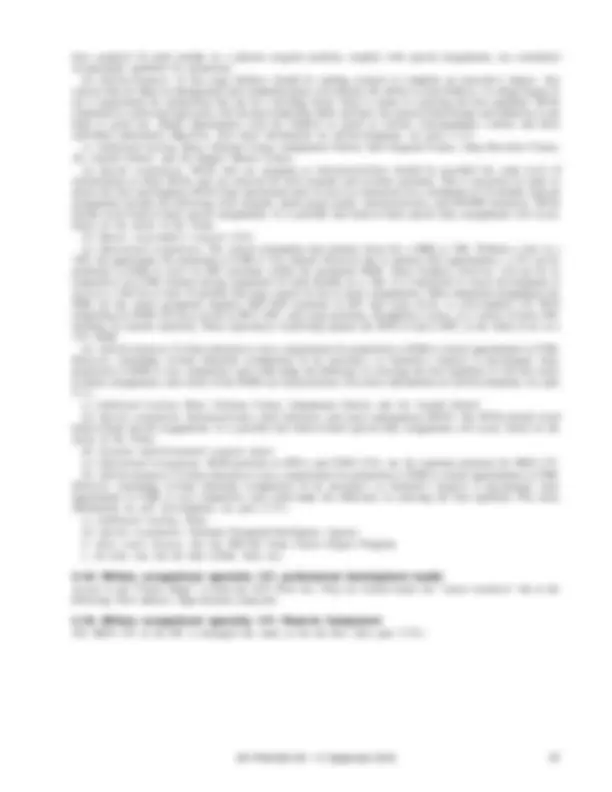
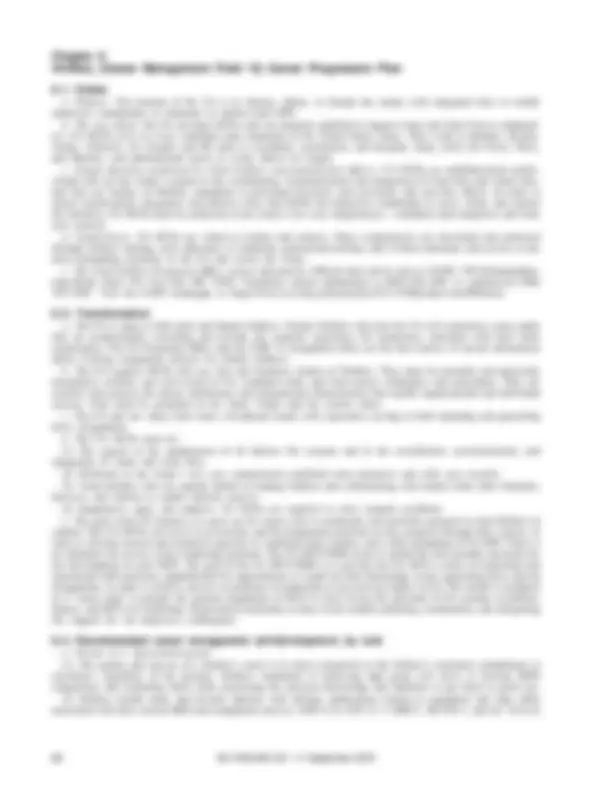


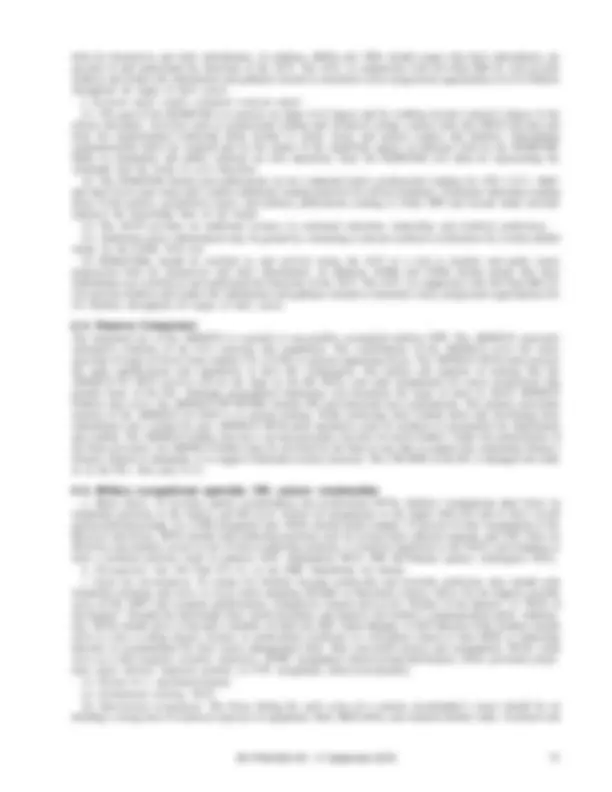
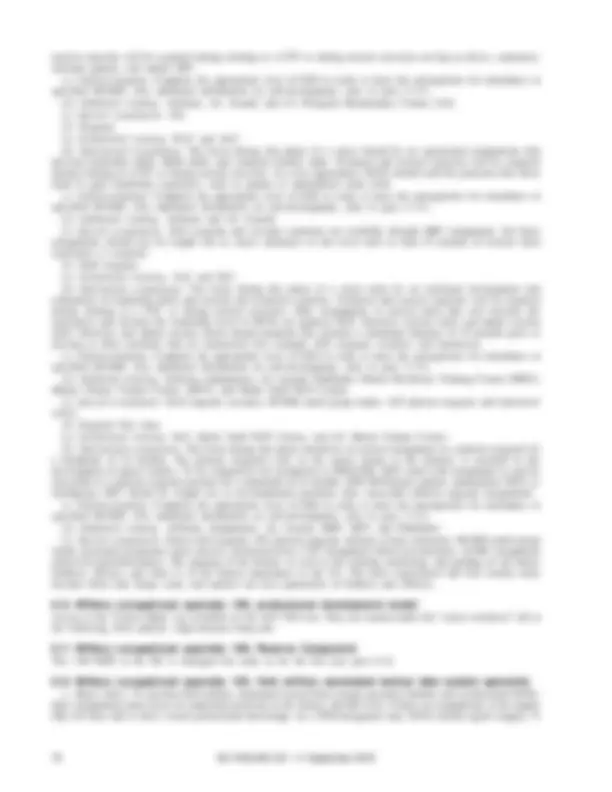
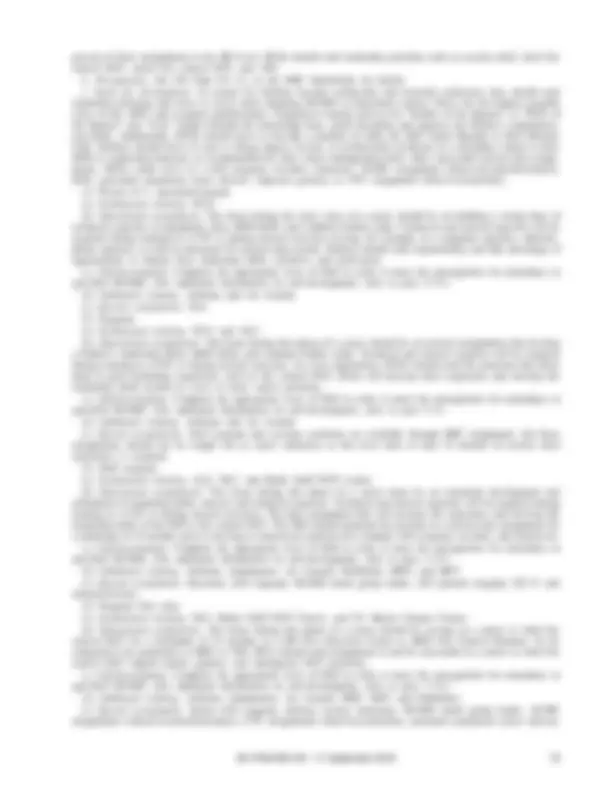
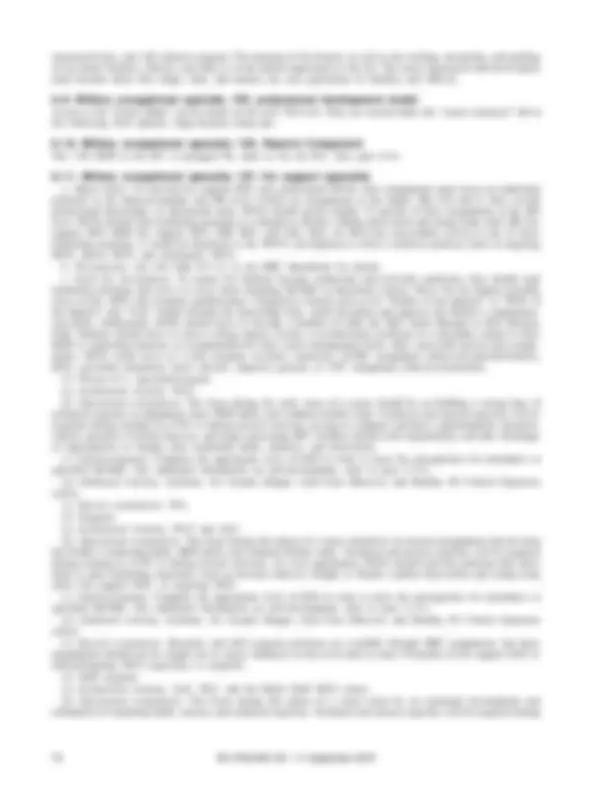
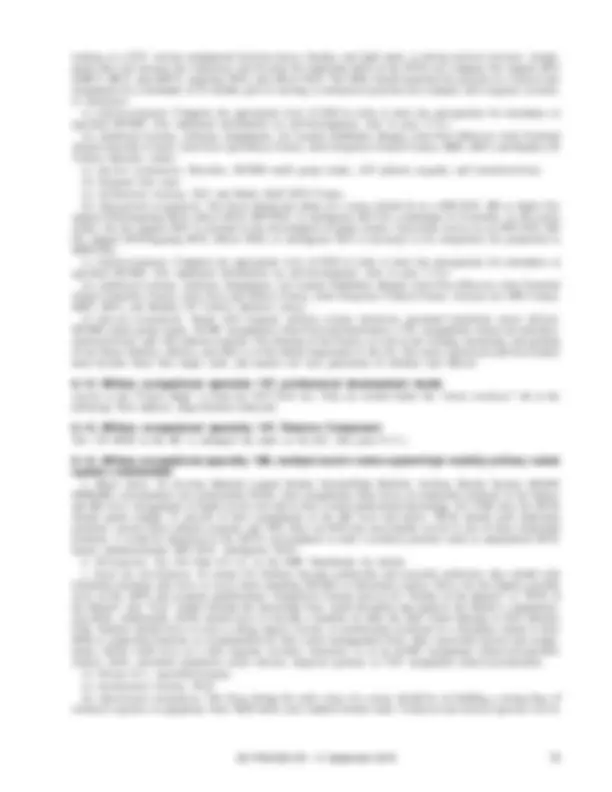
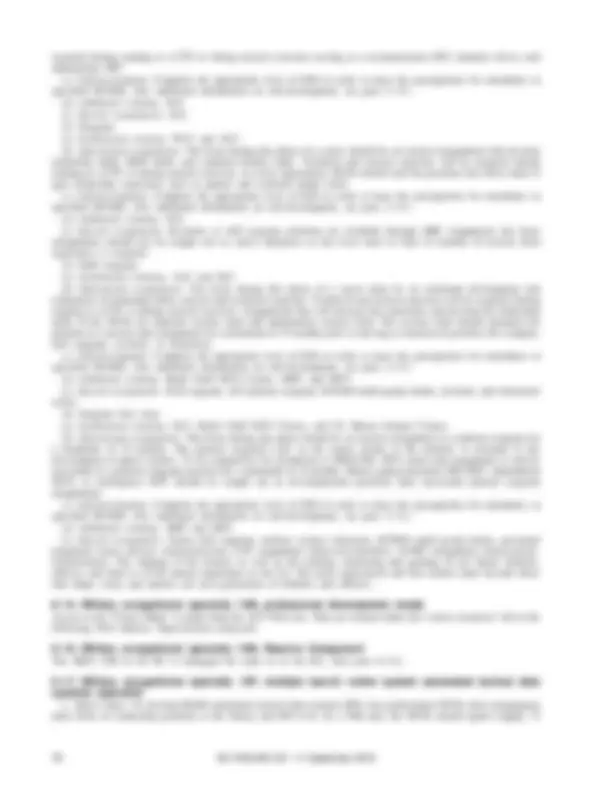
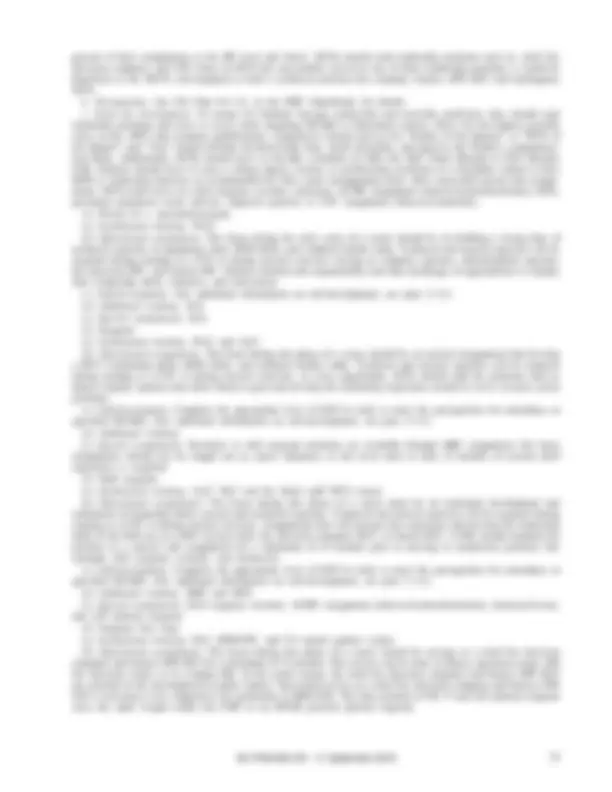
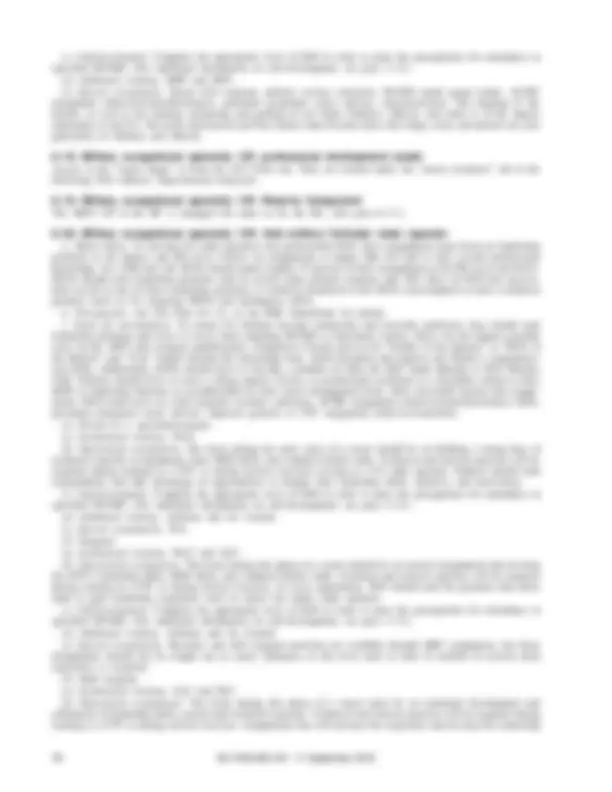
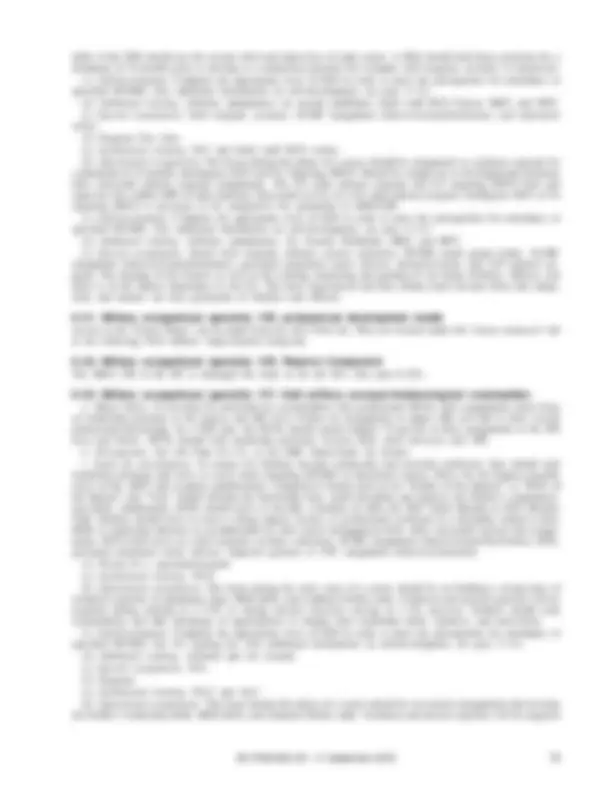
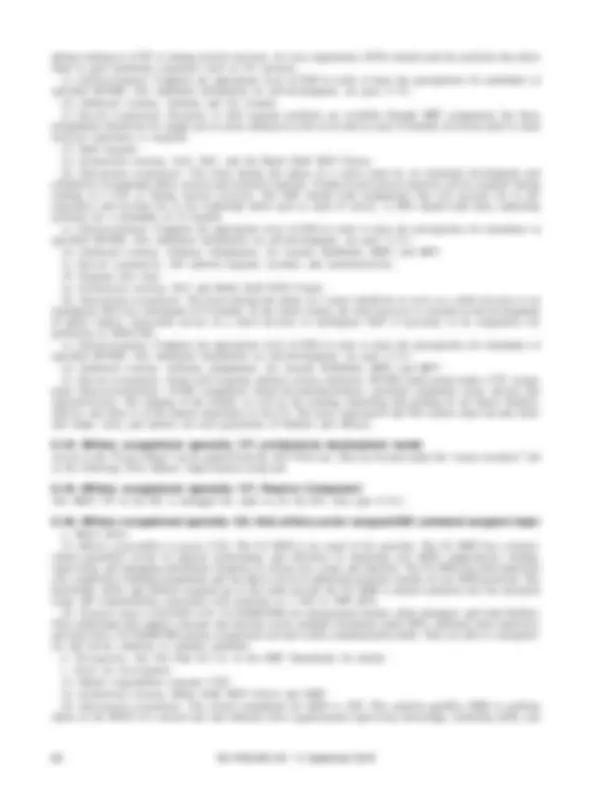
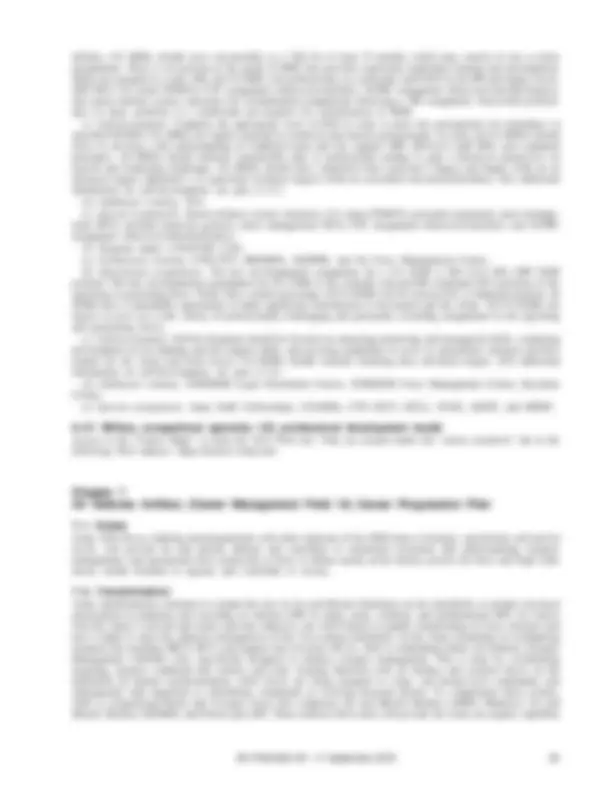
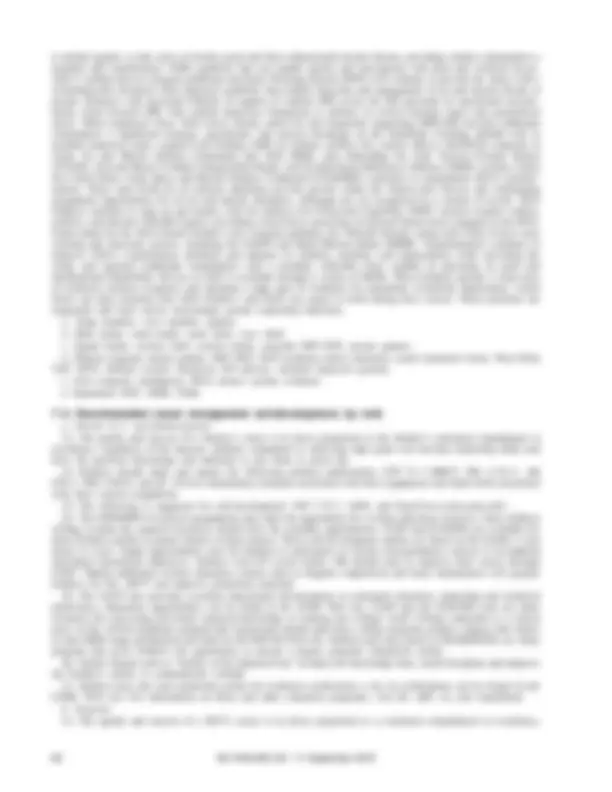


Study with the several resources on Docsity

Earn points by helping other students or get them with a premium plan


Prepare for your exams
Study with the several resources on Docsity

Earn points to download
Earn points by helping other students or get them with a premium plan
Community
Ask the community for help and clear up your study doubts
Discover the best universities in your country according to Docsity users
Free resources
Download our free guides on studying techniques, anxiety management strategies, and thesis advice from Docsity tutors
DA PAM 600–25. U.S. Army Noncommissioned Officer Professional Development Guide. This major revision, dated 11 September 2015--.
Typology: Exercises
1 / 521

This page cannot be seen from the preview
Don't miss anything!





























































































Personnel-General
U.S. Army
Noncommissioned
Officer
Professional
Development
Guide
Headquarters Department of the Army Washington, DC 11 September 2015
UNCLASSIFED
U.S. Army Noncommissioned Officer Professional Development Guide
This major revision, dated 11 September 2015--
o Adds the electronic warfare (career management field 29) career progression plan (chap 13).
o Adds the acquisition, logistics, and technology contracting noncommissioned officer (career management field 51) career progression plan (chap 21).
o Incorporates the Army Leader Development Strategy (throughout).
Communications and information systems operations—contains visual information operations, signal support operations, information systems operations, electromagnetic spectrum management
1–1. Purpose This guide serves as the medium for proponents to inform their Soldiers and enlisted centralized selection board members about professional development (PD) guidance for noncommissioned officers (NCOs) within their respective career management field (CMF). This guide serves as a framework for NCOs, warrant officers, officers, and civilians alike to offer advice and counsel NCOs on their professional growth and development. This pamphlet should not be construed as a simplified checklist for promotion selection or a guide for NCOs on how to perform their assigned duties. Rather, this guide serves to supplement the Army’s Leader Development Strategy (ALDS) and the Army learning concept for 2015 (from the Advanced Leader Course (ALC) 2015). It provides guidance intended to develop an adaptive, thinking NCO capable of meeting the challenges of operational adaptability in an era of persistent conflict in an All-Volunteer Army.
1–2. References See appendix A.
1–3. Explanation of abbreviations and terms See glossary.
1–4. Scope NCOs are the “backbone of the Army.” Ours is a Corps that reflects America’s diversity and represents the time- honored values that built our Nation—hard work, duty, selflessness, determination, honor and compassion. Developing NCOs is a true competitive advantage. This advantage is a result of the U.S. Army’s institutional commitment to leader development and its capacity to learn faster and adapt more quickly than its adversaries. The Army’s leader develop- ment imperatives will guide policy and actions, in order to develop leaders with the required qualities and enduring leader characteristics. These guiding principles remain constant from initial service affiliation, separation or retirement. They create a leader development process that is deliberate, continuous, sequential, and progressive. These strategies build on the Army’s experiences since the end of the Cold War through the early conflicts of this century. The future operational environment will be even more uncertain, complex, and competitive as hybrid threats challenge us across the range of military operations (OPS).
1–5. Assumptions a. The Army will operate in an era of uncertainty and persistent conflict against a full spectrum of possible threats. b. The Army will continue to confront unexpected challenges from an adaptive enemy and must respond rapidly in developing doctrine, training, and education. c. The Army must prevail in the competitive learning environment. d. The Army’s learning model must be clear in intended outcomes that are rigorous, relevant, and measurable. e. Learning is best achieved at the point of need and therefore must be accessible in a career-long learning continuum, rather than limited to specific timeframes or locations. f. Army learners must have the opportunity to contribute their experiences to the body of knowledge throughout their careers. g. Soldiering requires a foundation of comprehensive fitness, the Army Values, the warrior ethos, and technical and tactical proficiency. h. Fundamental competencies must be reinforced by maximizing time on task. i. Continually evolving, complex operational dilemmas over extended time in culturally diverse, joint, interagency, intergovernmental and multinational (JIIM) operational environments will continue to challenge leaders. j. Time, manpower, and resources available for learning will continue to be limited.
2–1. Army’s Leader Development Strategy (overview) Leader development is fundamental to our Army-especially to an army of preparation. This strategy will help the Army balance the three crucial leader development components. These are training, education, and experience. The ALDS provides vision and guidance on ends, ways, and means for developing leaders of all cohorts who exercise mission command while planning, preparing, executing, and assessing unified land OPS to meet the challenges of the 21st century.
DA PAM 600–25 • 11 September 2015 1
a. Leader development is the deliberate, continuous, and progressive process-founded in Army Values-that grows Soldiers and Army civilians into competent, committed, professional leaders of character. Leader development is achieved through the career-long synthesis of training, education, and experiences acquired through institutional, operational, and self-development domains, supported by peer and developmental relationships. b. Our leaders must expect complexity and understand they often must operate independently under mission orders. The strategy challenges the Army to enrich leader training and education by leveraging technology and adapting training methodologies to replicate complexity and hybrid threats in the classroom, at home station, and while deployed. Our doctrine describes the leader qualities we seek; leaders must be: (1) Competent in their core attributes and competencies and able to lead change in the Army. (2) Capable of operating across the range of military OPS. (3) Able to combine operational excellence, with the ability to operate in JIIM environments, to achieve unity of effort. (4) Able to understand the socio-economic environment and be culturally astute, in order to successfully operate in complex, uncertain environments. (5) Courageous enough to see and exploit opportunities in the challenging, complex operational environment. (6) Professionals who are grounded in Army Values and the warrior ethos. c. Leader development and talent management together are built on fundamentals. Army leaders must be living examples of “Be, know, do.” Army leaders must possess and demonstrate traits such as being adaptable, agile, flexible, responsive, and resilient. Mastering the fundamentals is a professional obligation and provides the basis by which Army leaders operate effectively in the JIIM environment.
2–2. Strategic vision a. Vision. An Army of competent and committed leaders of character with the skills and attributes necessary to meet the challenges of the 21st century. b. Mission. Train, educate, and provide experiences to progressively develop leaders to prevail in unified land OPS, using mission command in a 21st century security environment, and to lead the Army enterprise. c. Framework. Leader development is a mutually shared responsibility between the institutional Army (education or training institution), the operational force (organization or unit), and the individual.
2–3. Ends, ways, means a. Ends. (1) A process that aligns training, education, and experience to prepare leaders who exercise mission command in order to prevail in unified land OPS. The Army will produce professional leaders of character that practice the mission command philosophy whether conducting unified land OPS or Army generating force functions. These leaders possess emotional intelligence and achieve credibility with external JIIM partners, allies, internal agencies, and stakeholders. The Army strives to have leaders who are not only prepared for their current position, but also preparing for their progressive responsibilities. Doing this requires senior leaders to have an enterprise view, allowing their subordinates to leave their current organization, in order to take advantage of opportunities for further development. (2) The leadership requirements model (fig 2–1) illustrates the expectations for Army leaders. This model aligns leader development activities and personnel practices to a common set of characteristics valued throughout the Army. The model covers the core requirements and expectations of leaders at all levels of leadership. Attributes are the desired internal characteristics of a leader-this is what the Army wants leaders to be and know. Competencies are skilled and learnable behaviors the Army expects leaders to have and employ-this is what the Army wants leaders to do.
2 DA PAM 600–25 • 11 September 2015